Marine Fresh Water Generator
We are Exporter & Supplier of Used, old, Second Hand, Reconditioned, After market, Reusable Marine Ship Fresh Water Generator & its spare parts of reputed brand such as: SASAKURA : K-SERIE, ALFA LAVAL : JWP 80, JWP 26C 100, JWP 26C etc. from ship recycling yard alang, India.
Description
EZ Marine is one of the leading supplier and exporter of used, second hand and reconditioned marine fresh water generator from ship recycling yard alang India.
| Sasakura | ||||||
|---|---|---|---|---|---|---|
| K-Series | ||||||
| Alfa Laval | ||||||
|---|---|---|---|---|---|---|
| JWP 26C | JWP 26C 100 | JWP 80 | ||||
Freshwater generators, also known as distillers, are innovative solutions that transform seawater, well water, or contaminated industrial water into freshwater or ‘distillate’. This distillate can be directly utilized as technical water and, with additional mineralization, can be suitable for human consumption as potable water and for agricultural purposes as irrigation water. The process involves the utilization of heat and vacuum to convert the feed water into a pure vapor, which is then condensed back into a liquid form of exceptionally clean permeate. These freshwater distillers are commonly employed on ships and offshore installations to acquire technical water for machine room operations and potable water for the crew’s consumption.
Type of Marine Fresh Water Generator
1. There are two primary types of freshwater generators: low-pressure flash evaporators and high-pressure reverse osmosis systems. 2. Low-pressure flash evaporators convert seawater into vapor through heat and vacuum, while high-pressure reverse osmosis systems use pumps and membranes to remove salt and contaminants from seawater. 3. Freshwater generators are crucial for ships to have a sustainable supply of freshwater, preventing issues like dehydration, poor hygiene, and health risks on long voyages.
THE PROCESS OF SALTWATER DESALINATION
The process of saltwater desalination can be broken down into the following steps:
- Pumping seawater into the freshwater generator through a connection to the sea.
- Cooling the seawater in the condenser.
- Heating the seawater in the evaporator using a heat source such as a steam boiler or waste heat recovery system.
- Evaporating some of the seawater as it is heated, causing it to rise to the top of the evaporator.
- Condensing the evaporated seawater and allowing it to drip down to the demister.
- Separating the liquid and vapor phases of the seawater in the demister.
- Drawing out the fresh water from the generator using the fresh water pump.
- Discharging the remaining seawater back into the sea.
A Marine fresh water generator consists of several key components, including the shell, condenser, evaporator, and demister, each serving a specific function in the desalination process. 2. The ejector and fresh water pump are additional components that play crucial roles in creating a vacuum, extracting gases, and transporting fresh water to storage or distribution systems. 3. Furthermore, a safety relief valve and air purge system are essential for maintaining optimal pressure levels and eliminating air and non-condensable gases to enhance the generator’s efficiency and performance.

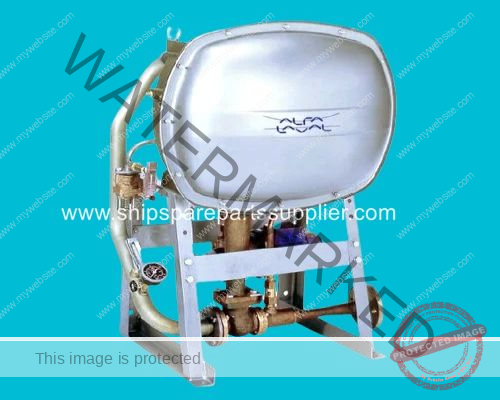
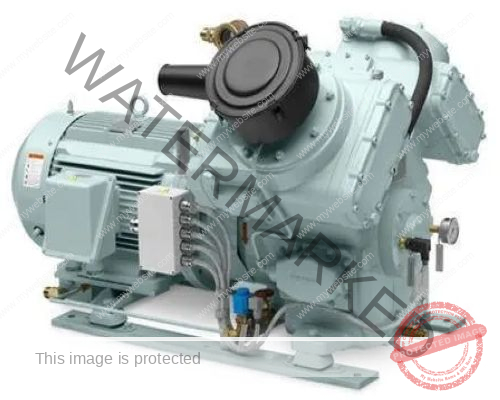
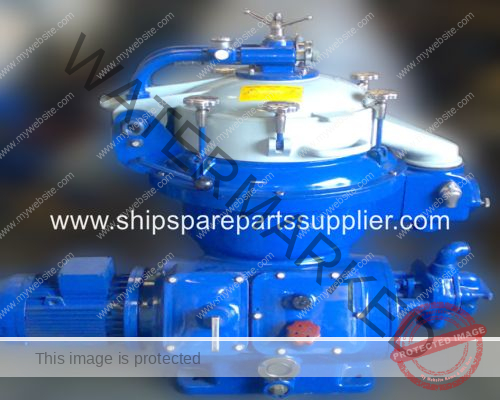
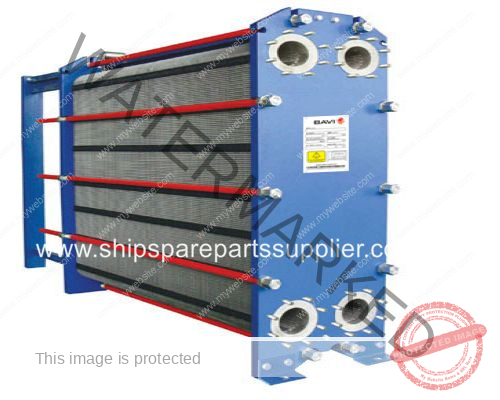
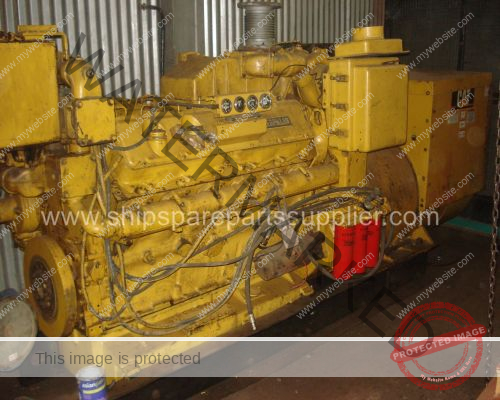

Reviews
There are no reviews yet.